Football fever has seized the globe, with the commencement of the 2018 World Cup in Russia. It’s the world’s biggest single sport event—but what kind of impact will it have on the environment? And what will FIFA do to try and minimise this impact?
At such large-scale events, lots of waste is produced, particularly in the form of food and drinks packaging waste created by fans. With the increased levels of awareness about single-use plastic items over recent years, FIFA is likely to be under added scrutiny at this World Cup to see how they deal with this and other environmental issues.
An example of the extra focus at this year’s World Cup is the World Cup Waste League Table created by Bio-D, a UK green cleaning company, using information from the World Bank’s What a Waste Report. Uruguay came top of the league, creating the least waste per capita, with Switzerland surprisingly performing the worst. The UK was at the lower end of the table, producing 1.79 kg of waste per capita per day, however we did a little better than most of our Western-European counterparts.
FIFA has outlined both a Sustainability Strategy and a Waste Management Strategy for Russia 2018. We took a look to see what the Waste Management Strategy involved and what FIFA’s plans are for implementation.
FIFA’s Waste Management Strategy
FIFA states that the aim of its waste management strategy for the World Cup is to “minimise […] the negative environmental impact of the waste produced” at the competition. It also lays out specific goals for achieving this, which include minimising the amount of waste produced in the first place, the set-up of segregated waste systems at stadiums and subsequent recycling, and getting people involved in actively recycling through informing and educating people.
The plans for minimising waste and recycling as much as possible at the World Cup do seem comprehensive, and also provide guidelines for parties involved in the organisation of the event. The requirements include using digital communications where possible and printing double-sided to save paper, not using disposable tableware and cutlery and using water coolers over bottled water.
Will FIFA Deliver with Their Recycling Aims?
These are fantastic aims, but they don’t mean anything without proper implementation. The good news is that FIFA has a very detailed execution plan for waste management at the event. There are thorough breakdowns of which types of waste and recyclables will be collected in each location, guidelines on how the waste segregation system works and rules for the placement of waste containers. There is also clear allocation of waste responsibilities for each type of location.
FIFA also has a plan for monitoring and reporting the effectiveness of the waste management system and the amount of waste recycled and is to compile a project report that can be used to inform future events.
Of course, the success of the waste management plan depends in part on all participating parties, and the public, making an effort to recycle where possible and uphold the waste management plan. Whether FIFA can maintain or even surpass the success of the Confederations Cup, which saw 87.9 tonnes of waste recycled, remains to be seen. We look forward to seeing the final report!

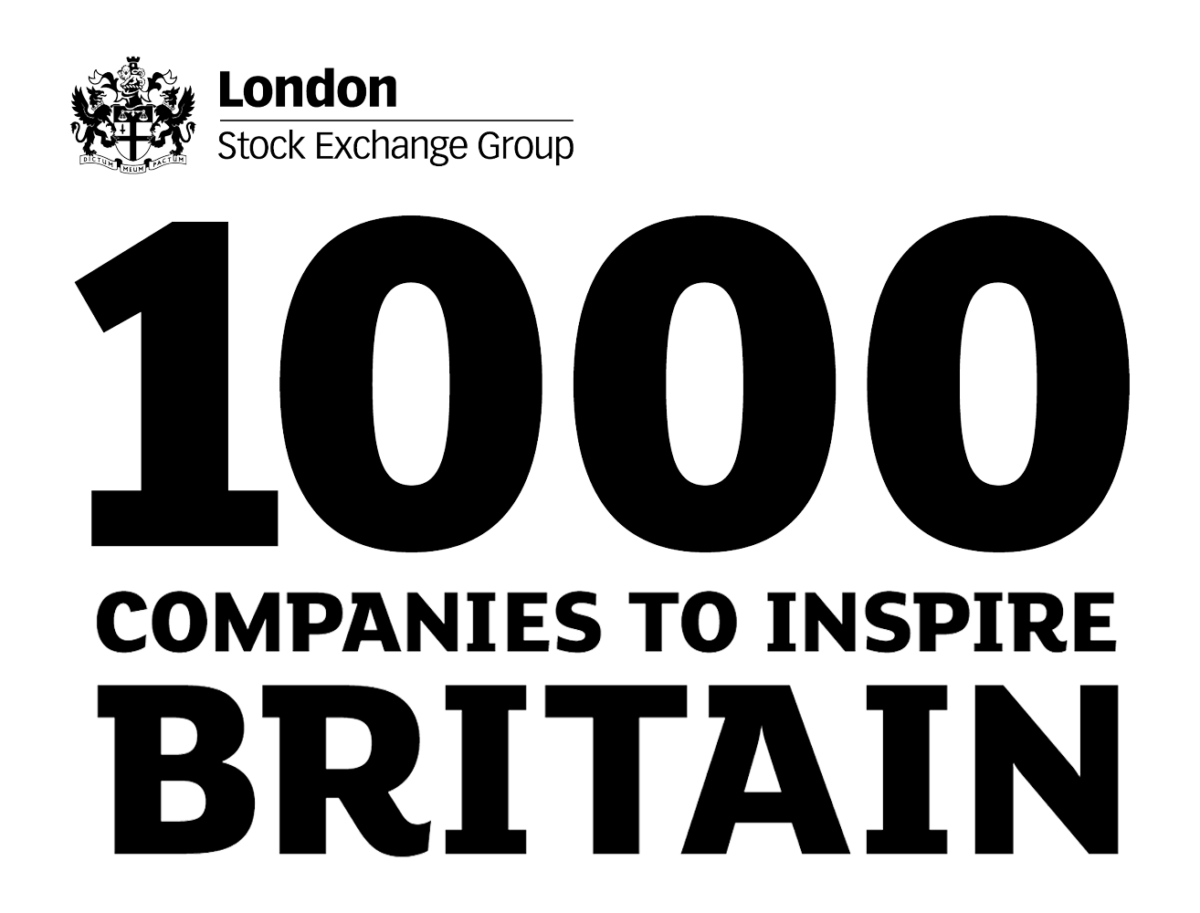
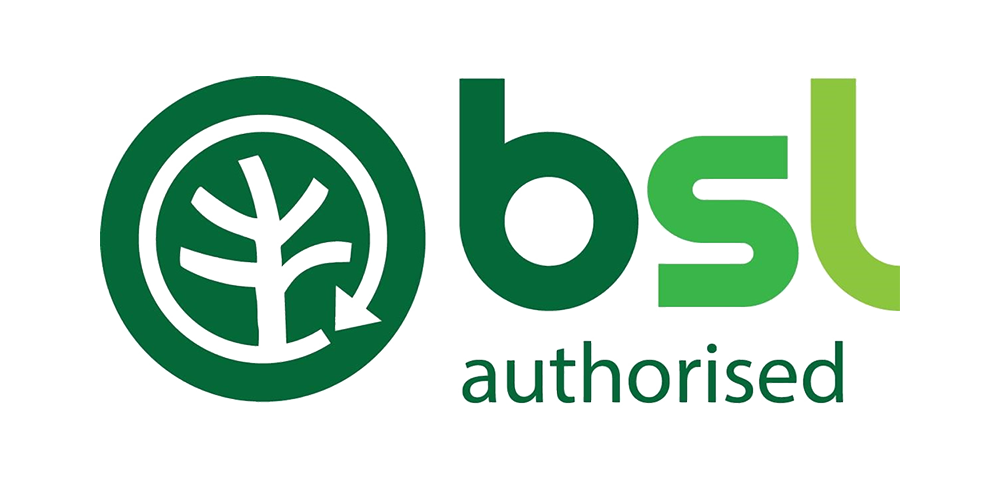


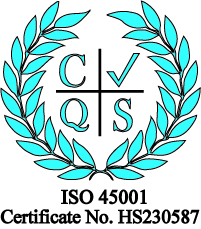

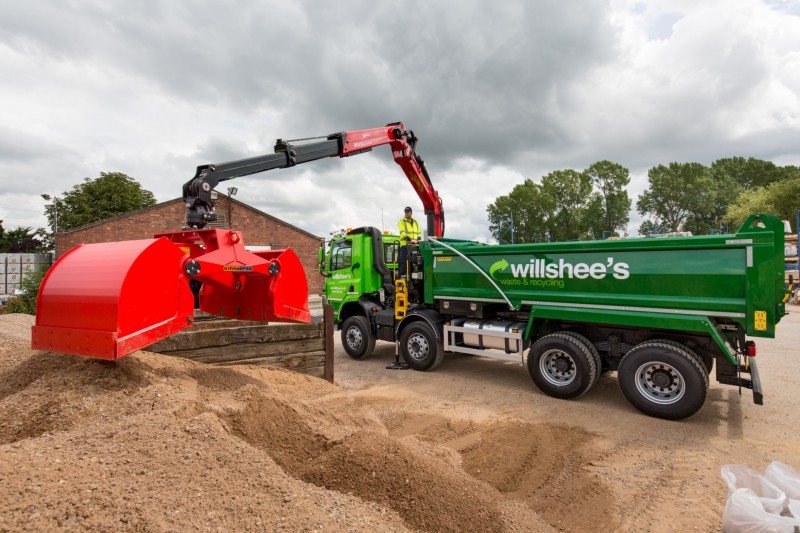


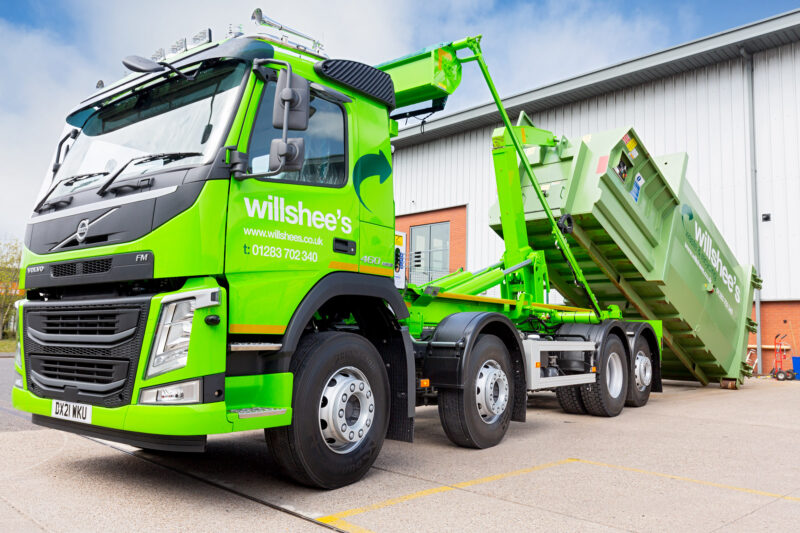
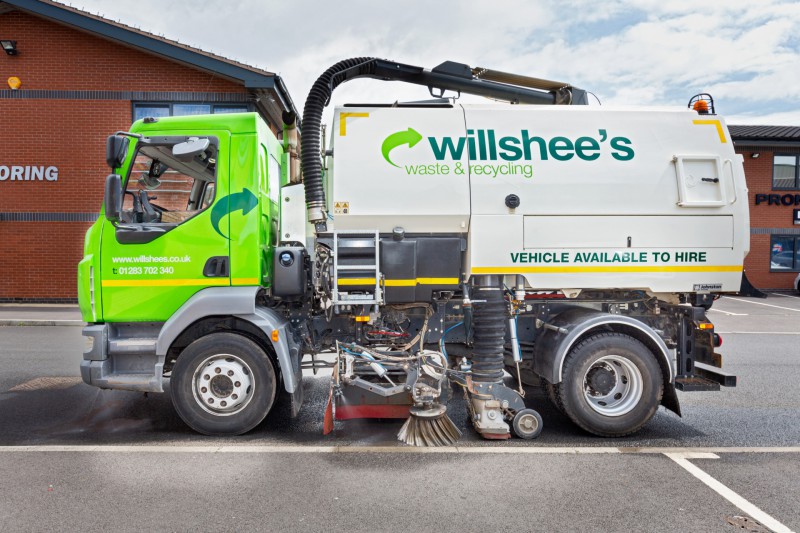
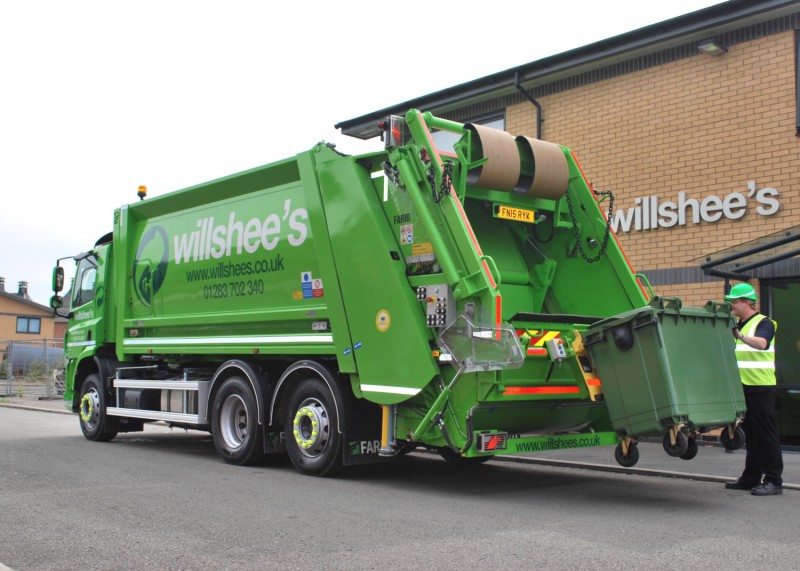
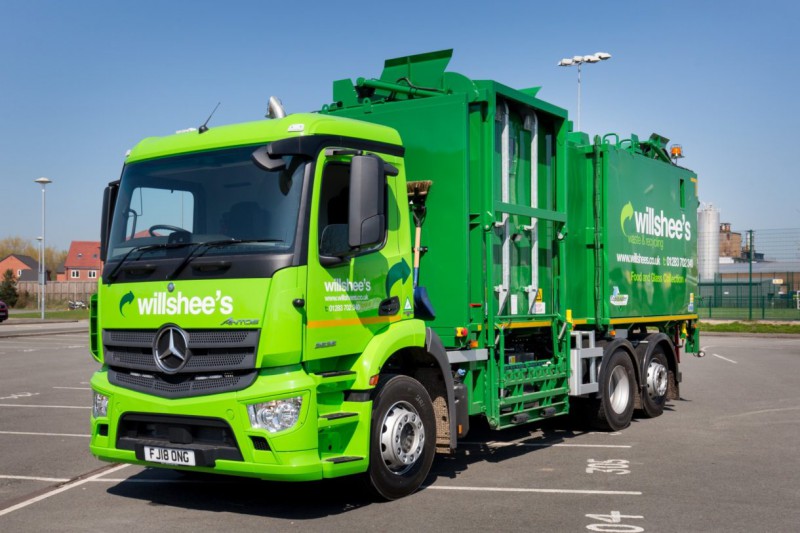
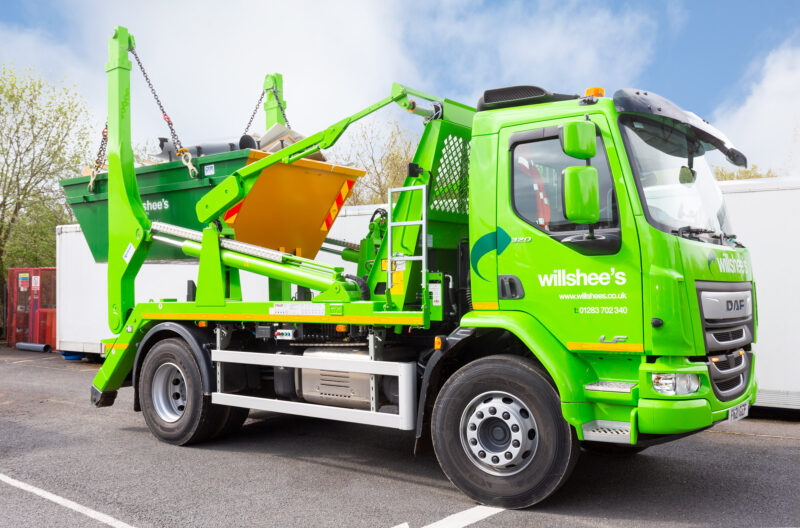
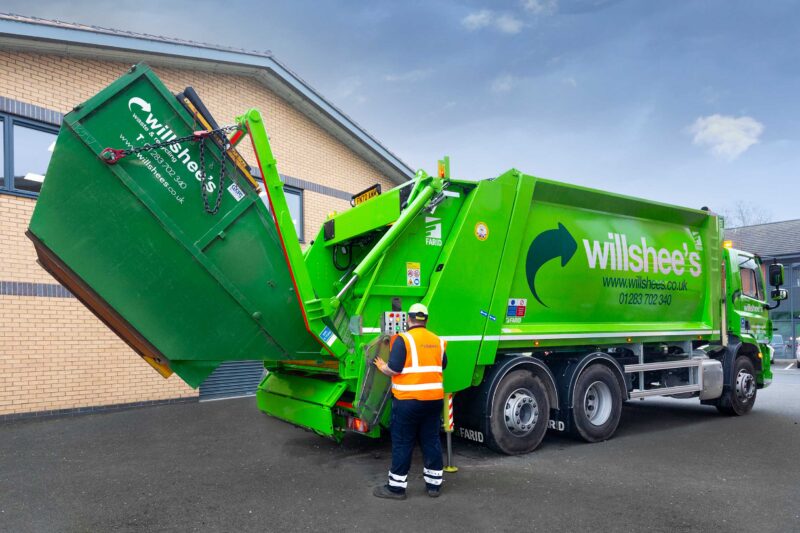



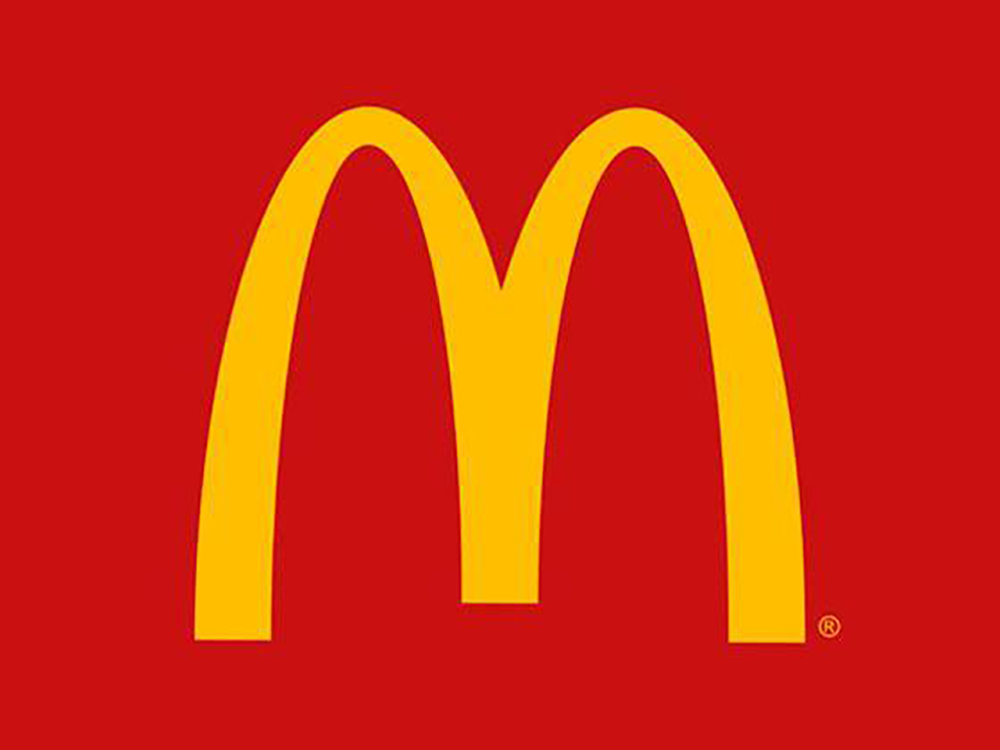
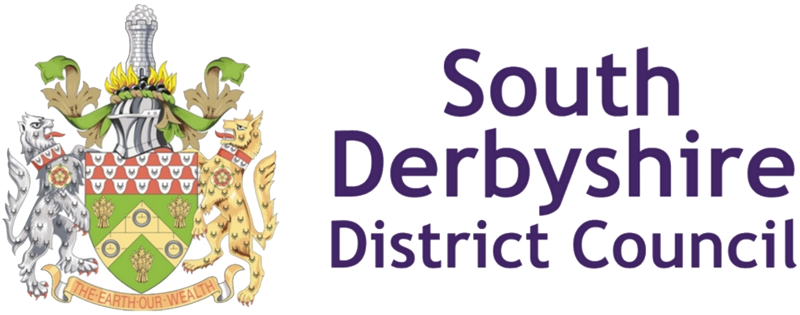

Social